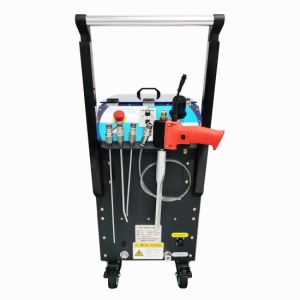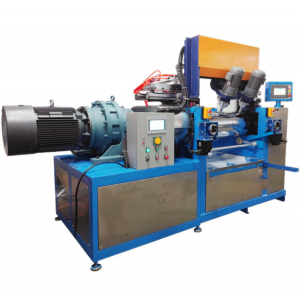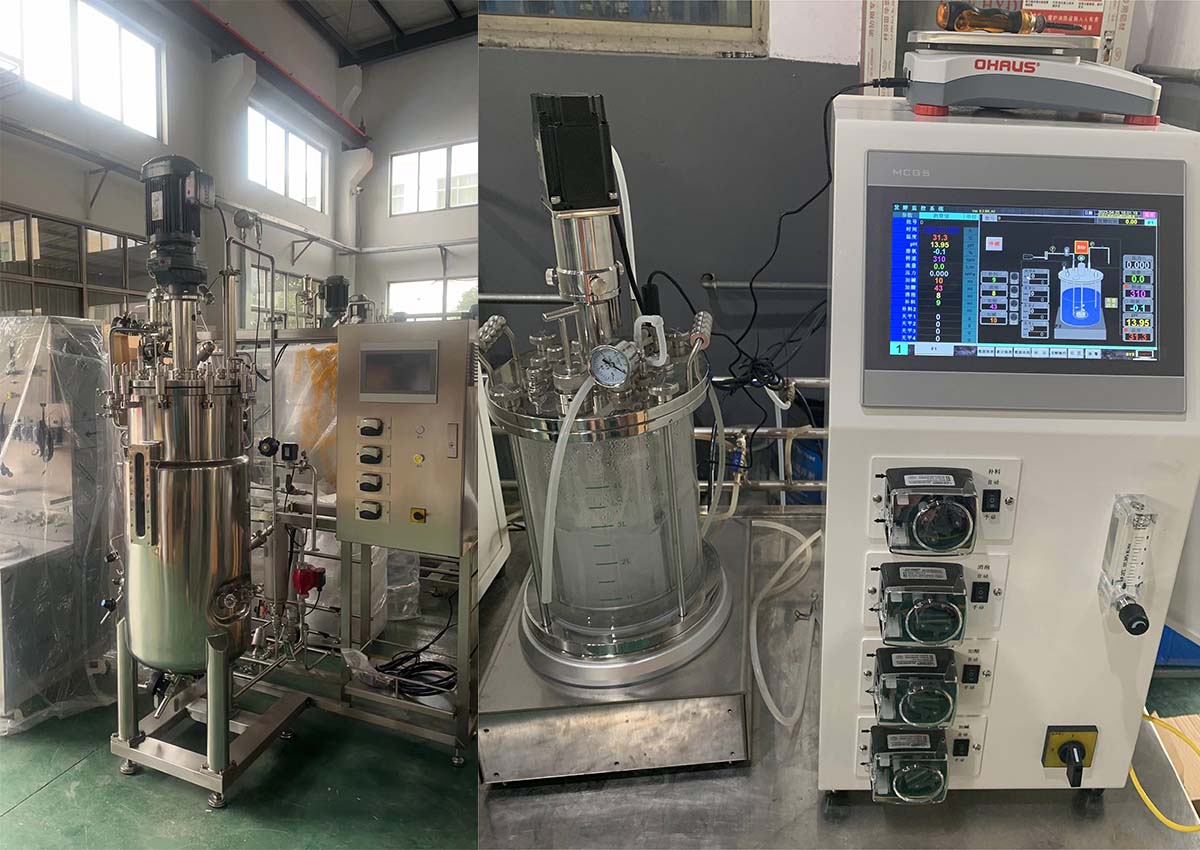Introduction: Dry ice cleaning machines have emerged as innovative and environmentally friendly solutions for industrial cleaning. In this blog article, we will delve into the distinctive features, advantages, and drawbacks of dry ice cleaning equipment.
Features of Dry Ice Cleaning Machines:
Non-Abrasive Cleaning: Dry ice cleaning is a non-abrasive method that eliminates the need for harsh chemicals or abrasive materials, making it ideal for delicate surfaces and sensitive equipment.
Environmentally Friendly: Dry ice cleaning is environmentally friendly as it uses solid CO2 pellets that sublimate upon impact, leaving no residue and producing no secondary waste.
Versatile Applications: These machines are versatile and can be used across various industries, from manufacturing and automotive to food processing and electronics, effectively removing contaminants like grease, paint, and residues.
Reduced Downtime: The quick and efficient cleaning process of dry ice machines leads to reduced downtime as there is no need for disassembly or long drying times.
Advantages of Dry Ice Cleaning Machines:
Non-Conductive and Non-Toxic: Dry ice cleaning is non-conductive and non-toxic, making it safe for use around electrical components and in food-related environments.
No Residue or Secondary Waste: The sublimation of dry ice pellets eliminates the need for cleanup, as there is no secondary waste produced during the cleaning process.
Gentle on Surfaces: Dry ice cleaning is gentle on surfaces, preventing damage or wear often associated with abrasive cleaning methods.
Environmentally Responsible: With no harmful chemicals and minimal waste generation, dry ice cleaning contributes to a greener and more sustainable cleaning approach.
Disadvantages of Dry Ice Cleaning Machines:
Equipment Costs: Initial investment in dry ice cleaning machines can be relatively high, which might be a barrier for some businesses.
Pellet Availability: Availability of dry ice pellets could be a concern in certain regions, as they need to be sourced or manufactured for ongoing use.
Limited Agitation: Dry ice cleaning may not be suitable for stubborn or heavily adhered contaminants that require vigorous mechanical agitation.
Temperature Effects: The extreme cold temperatures of dry ice can potentially affect certain sensitive materials or components.
Conclusion: Dry ice cleaning machines present a promising alternative to traditional cleaning methods, boasting advantages such as non-abrasiveness, eco-friendliness, and versatility. While equipment costs and pellet availability can be considered disadvantages, the overall benefits of efficient, non-toxic, and residue-free cleaning make dry ice cleaning machines an appealing option for various industries. Careful consideration of the specific cleaning needs and cost-benefit analysis is recommended when opting for this advanced cleaning technology.
SEND A MESSAGE:
WhatsApp: +8618030169616 Tel.: +86 18030169616(Only supports mobile phone dialing)
Email: Jackson@crtopmachine.com Skype: +8618030169616
 +86 18030169616
+86 18030169616 allen@crtopmachine.com
allen@crtopmachine.com










